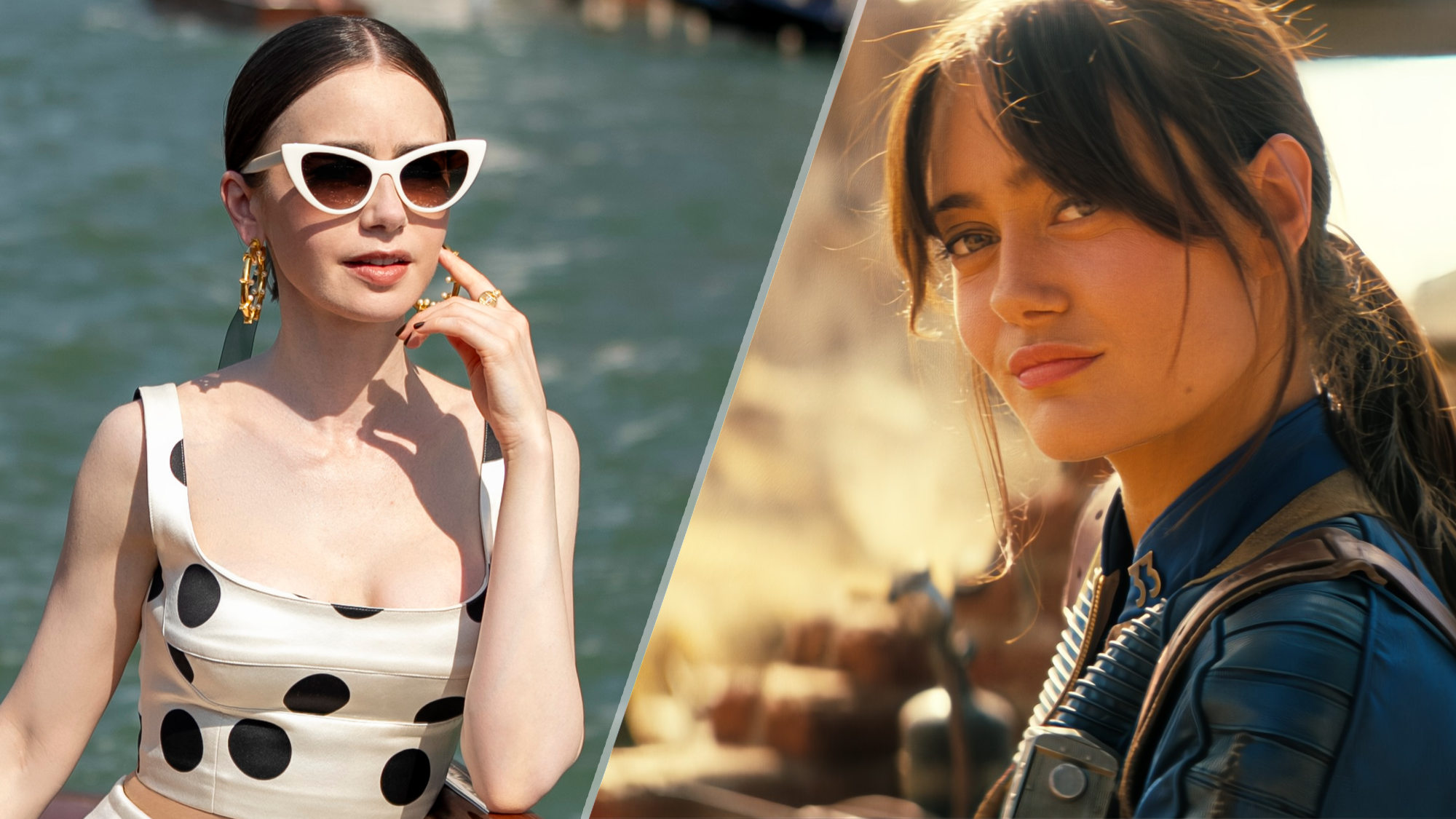Sony A77 II DSLR: Superb Low-Light and Autofocus Performance
Sony's 24-megapixel Alpha A77 II gives photographers great detail under low light, speedy autofocus, and fast subject tracking in videos.
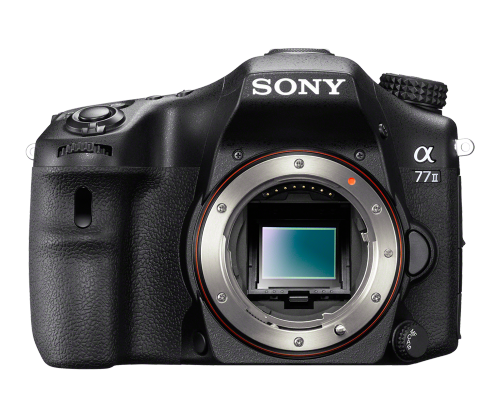
Sony's refreshed Alpha A77 DSLR packs some impressive performance boosts. With increased ISO light sensitivity and a new translucent mirror for improved autofocus, the 24.3-MP A77 II ($1,200) looks set to take the enthusiast DSLR market by storm. Its autofocus performance rivals Canon's much-praised EOS 70D ($1,350), which packs what Canon calls a "dual-pixel system" that delivered great subject-tracking and focus in video mode during our recent review.
We tested the Sony A77 II and compared it to the Canon 70D at a Sony camera event featuring a variety of low-light conditions and performances. The A77 II stood up well to its competitor.
MORE: Canon EOS 70D Review
A77 II delivers high ISO for great low-light performance
You'll find the A77 II ready to capture shots in super dark environments, thanks to its ISO light sensitivity of between ISO 100 and 51,200. Many new cameras boast similar ISO capabilities (at least up to 25,600), but the A77 II actually delivers on its promise. To test it out, we began by photographing a cast member of live theatre performance Fuerza Bruta in a dark corner of a room before the show. The A77 II delivered great detail and colors and impressively low noise (graininess) even at a very high ISO 25,600.
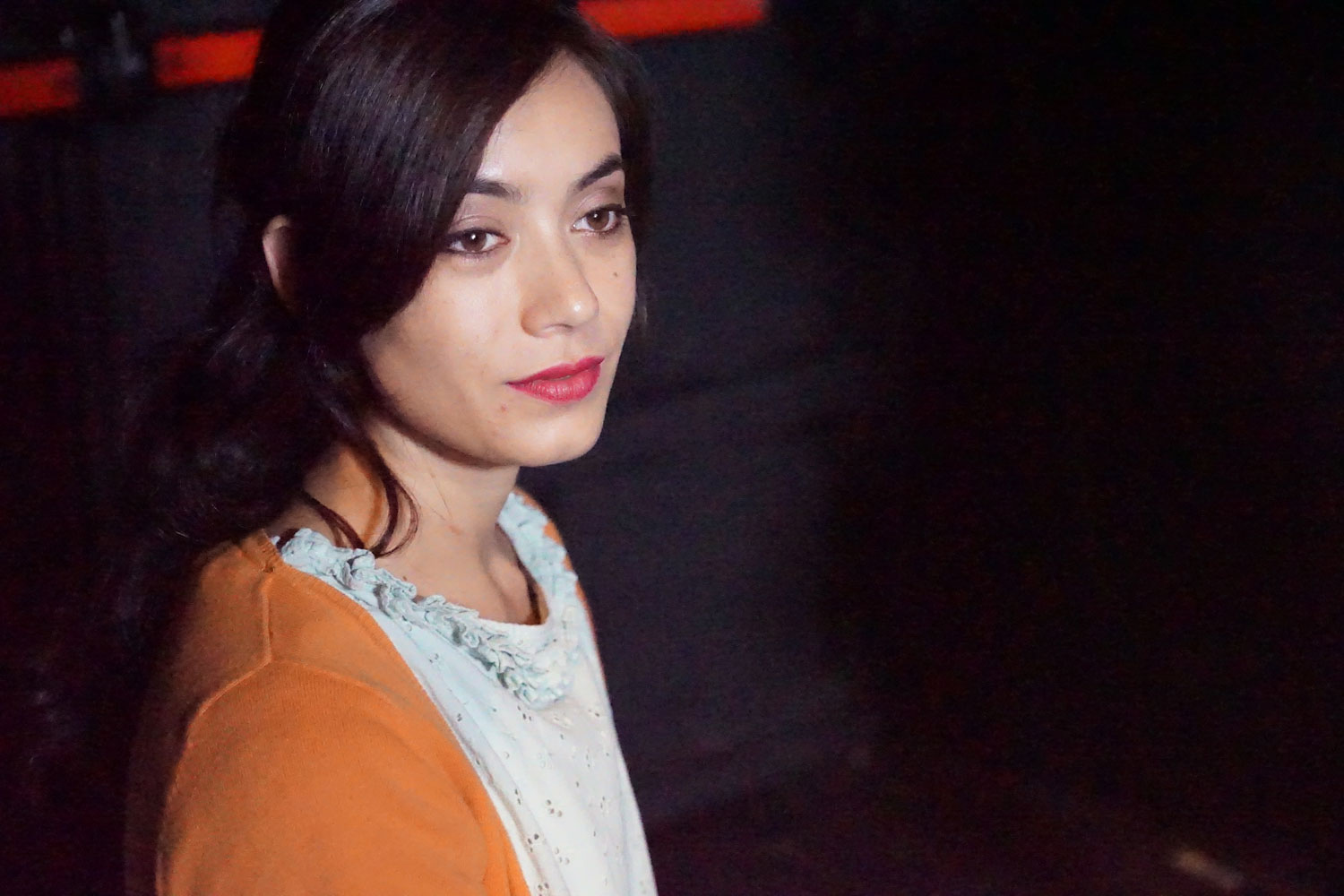
Later, we shot a rehearsal of the Dewdrop Society jazz band, lit only by candlelight, and the A77 II was speedy and adept. With the camera set to Aperture priority and aperture settings between f/6.3 and f/3.2, we were able to quickly focus and shoot. The A77 II bumped the ISO up to between 10,000 and 25,600 for almost all the pictures, which kept shutter speed at a relatively safe range of between 1/30 and 1/60 second to minimize blur.
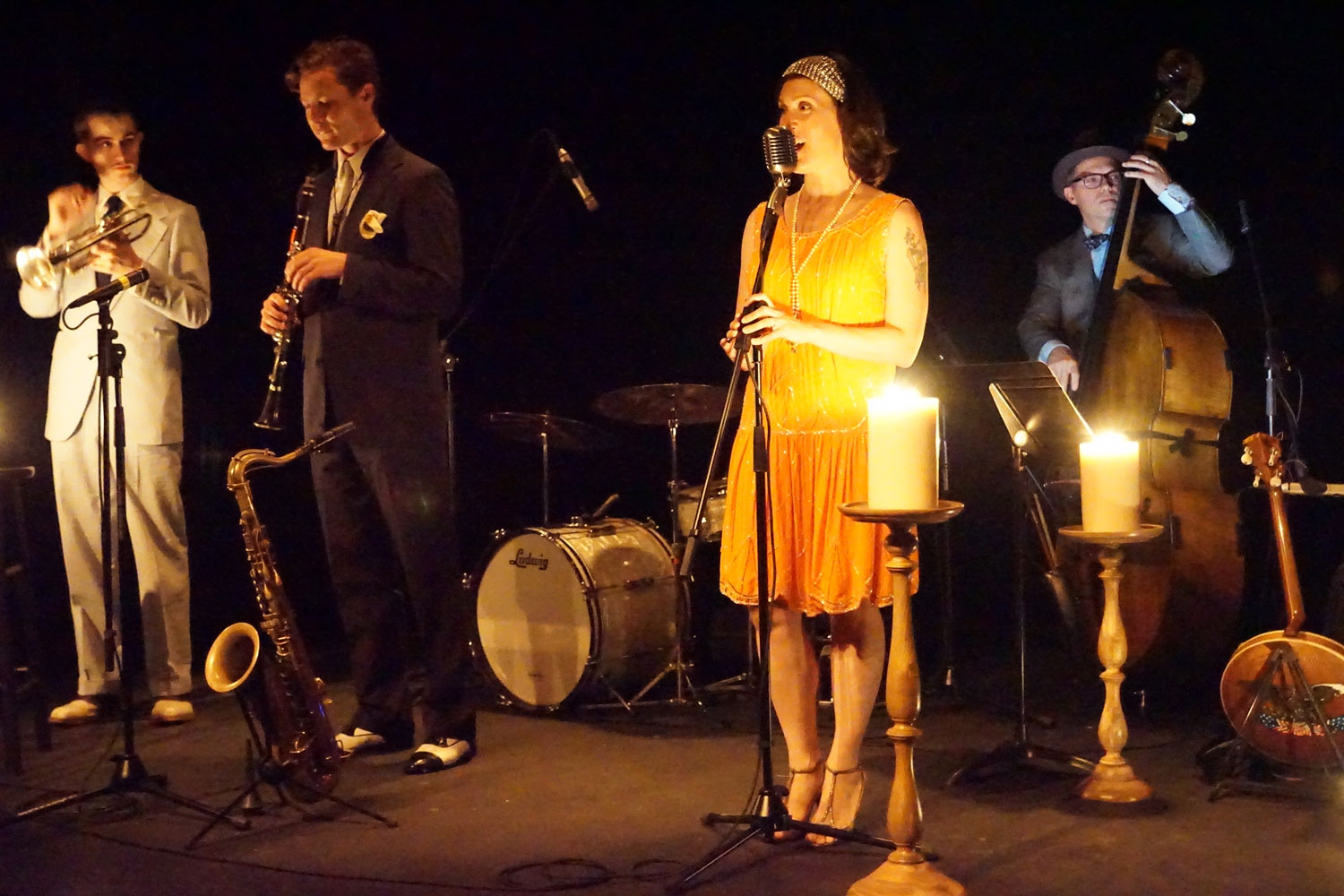
That high ISO capability came in handy when we set the shutter speed to 1/640 second to freeze the motion of the drummer's speedy hands. The pictures caught the musician's hands mid-motion with no blur. Despite the high ISO (25,600) required, the picture was relatively clean, with speckled chroma (color) noise showing up only in another musician's gray pants in the foreground.
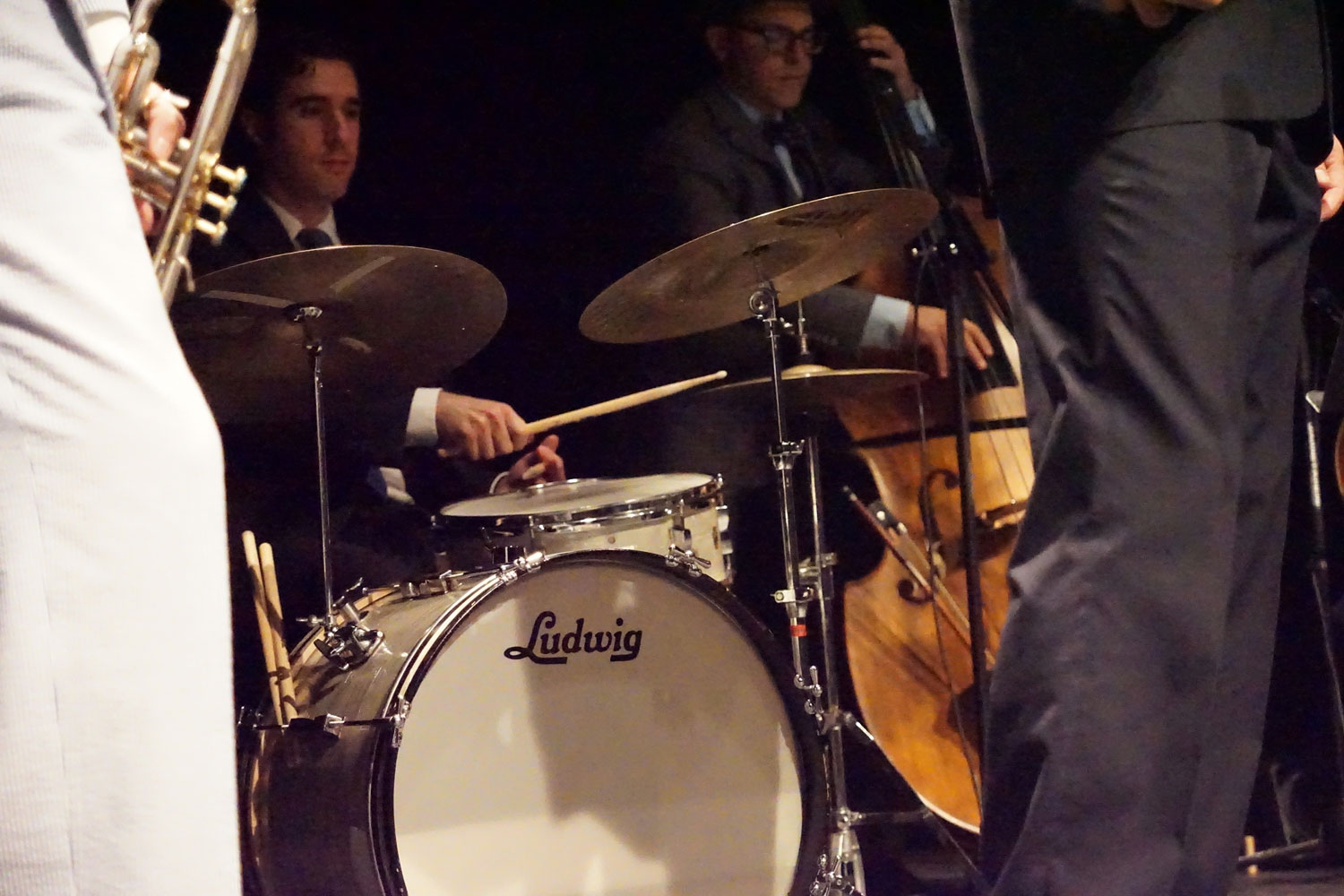
A photo shot with the A77 II of the lead singer, lit by two candles on each side, also appeared clear. We even captured the reflective material of her sparkly orange dress along the hem. Despite the high ISO (16,000), the picture was relatively noise-free.
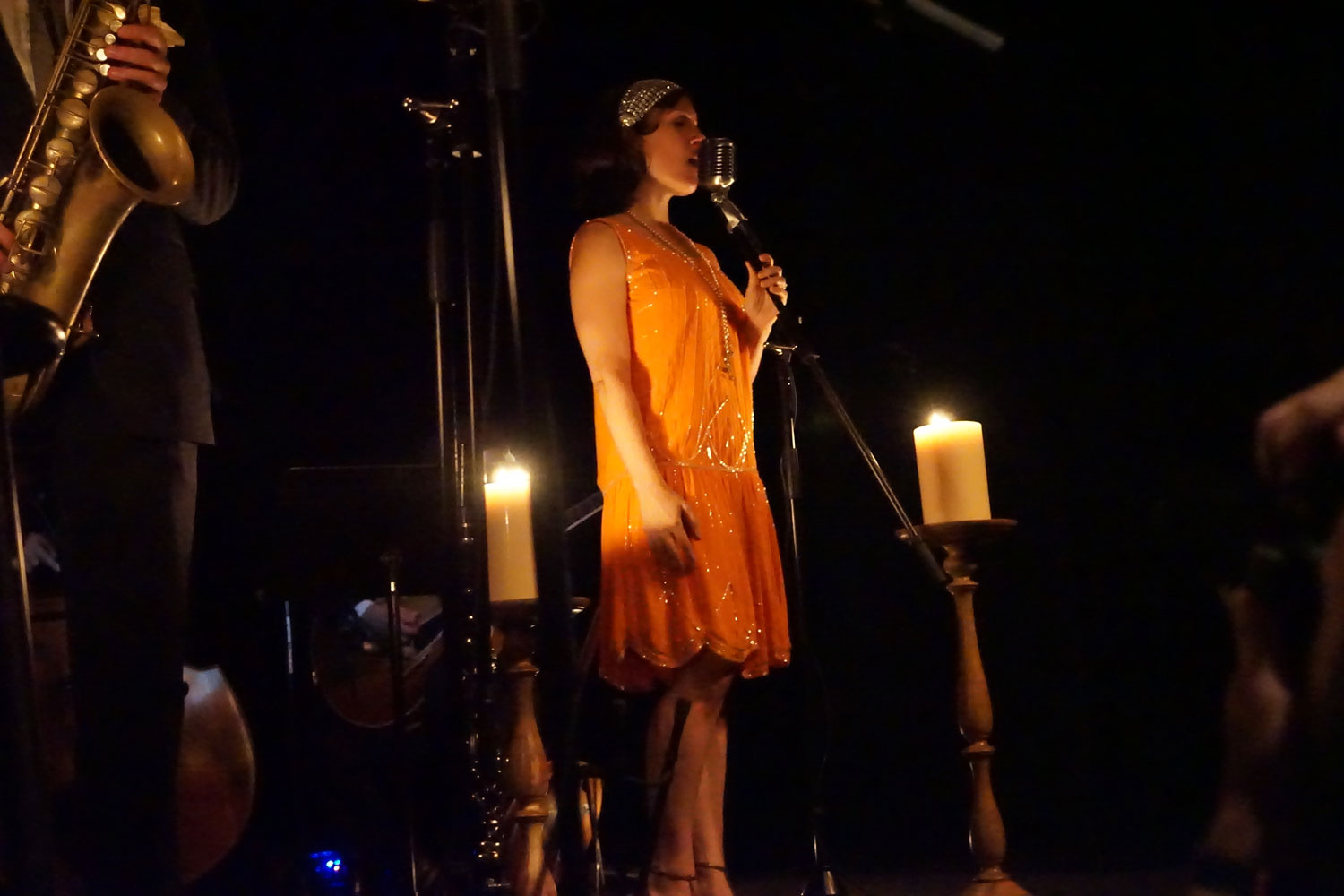
The A77 II also did well in awkwardly lit situations such as in a dark theatre with bright stage lights. Our photo of a trumpeter on stage shot at f/6.3 on aperture priority was crisp. While some edges of the figure are shrouded in darkness, we could clearly see the outline of most of his body. His white suit with a pinstripe pattern was slightly overexposed, but given the shooting conditions it is understandable.
Get instant access to breaking news, the hottest reviews, great deals and helpful tips.
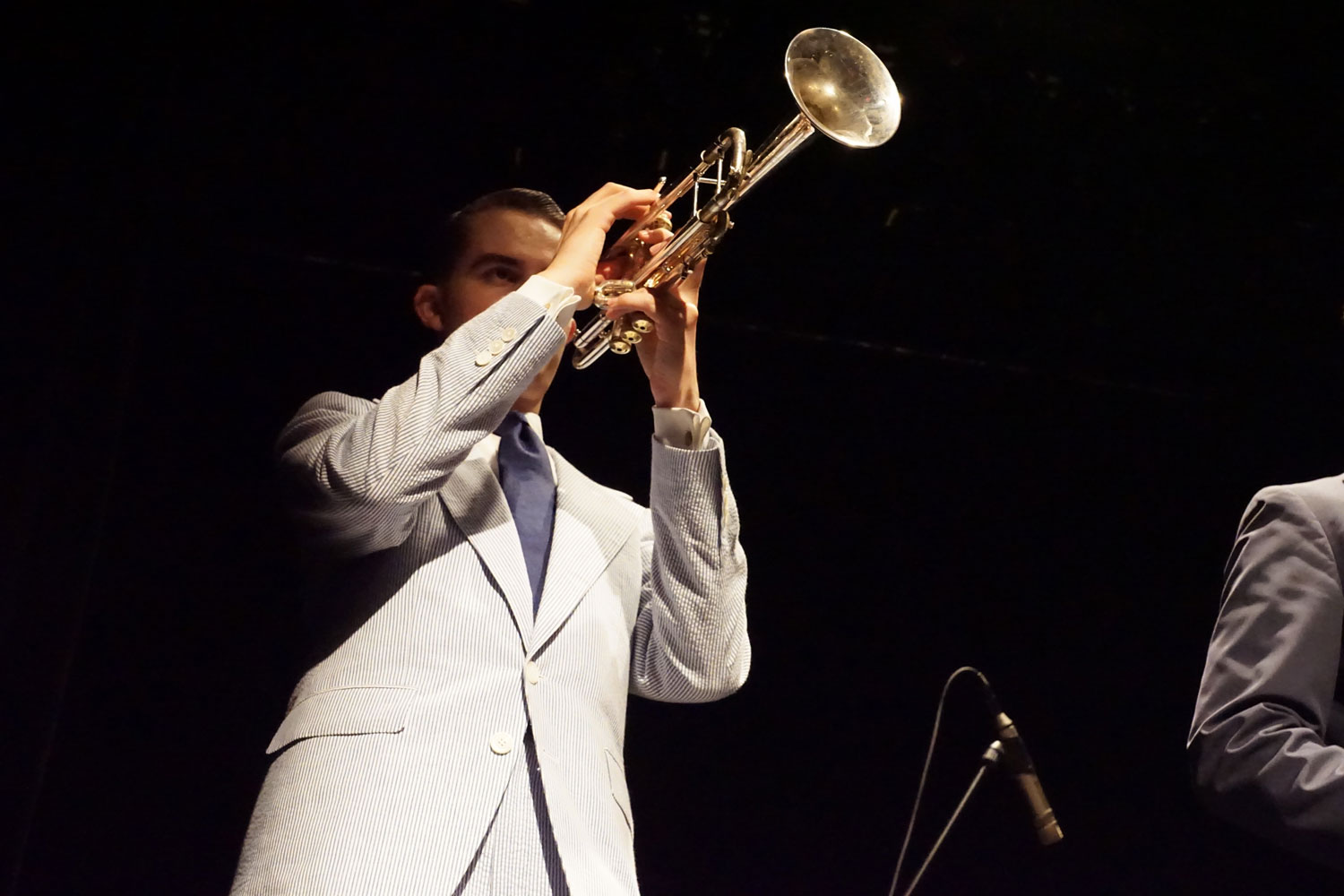
In its default setting, the Canon 70D's Auto ISO was set to not go above 6400, which led to a somewhat darker photo. But the 70D took it further by also selecting a 1/80 second shutter speed vs. the A77 II's choice of 1/60 second. The Canon image also had slightly more contrast. This isn't so surprising for the 70D, as we found in our review that it tends to slightly underexpose images. As a result, the trumpeter's light suit was better exposed in this picture, but more of his body was lost in the darkness than in the Sony photo.
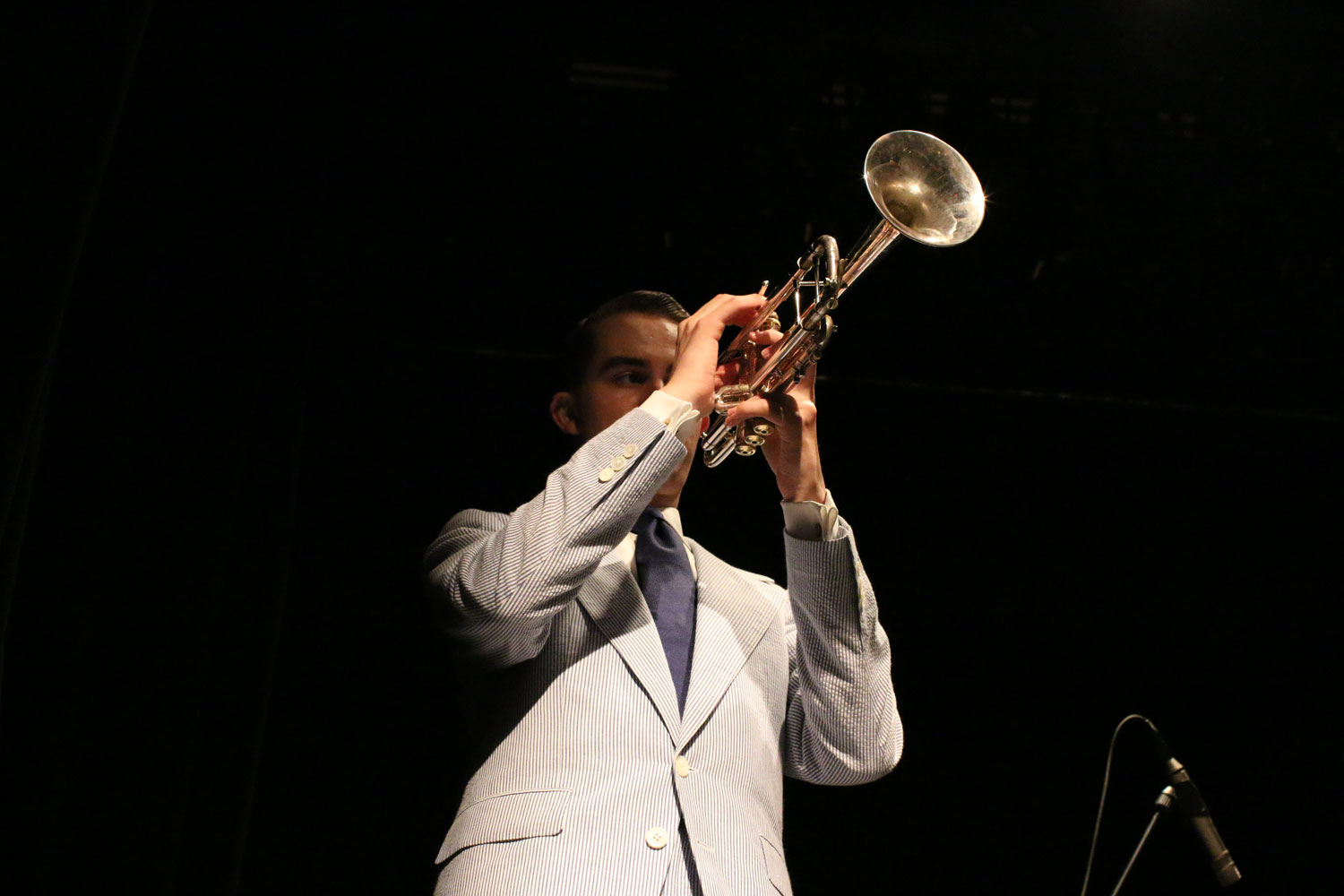
Video quality: fast focus
Thanks to a translucent mirror that lets most light through onto the image sensor but also directs a portion onto the autofocus sensor, the A77 II can maintain continuous focusing during video capture. The camera also has a large distribution of focus points on its sensor, allowingittotrack a subject moving around more of your frame than most competing cameras with smaller areas of focus. With AF sensors over 80 percent of the Canon 70D's imaging chip, however, it also has a large autofocus zone.
MORE: Camera Wars: Why Autofocus is the New Megapixel
We filmed various members of the Dewdrop Society band while playing, and the camera quickly and accurately picked out faces in the frame to keep them in focus. As we panned from the band on stage to a water bottle sitting in front of us, the A77 II shifted its focus to the bottle in a split second. We found this video focus and subject tracking comparable to that on the Canon 70D, and possibly even a tad faster.
Color rendering: very accurate
Overall the A77 II delivered true-to-life colors and solid contrast. You might have to wait a second when viewing playback on the LCD for the camera to finish processing the colors though. In our pictures of the diverse cast of Fuerza Bruta in a dark, harshly lit room, each member's skin tone was accurately rendered, and their colorful costumes popped. Color reproduction was accurate for the most part, with bright red lipstick and an orange jacket standing out against more neutral tones such as a pastel green dress.
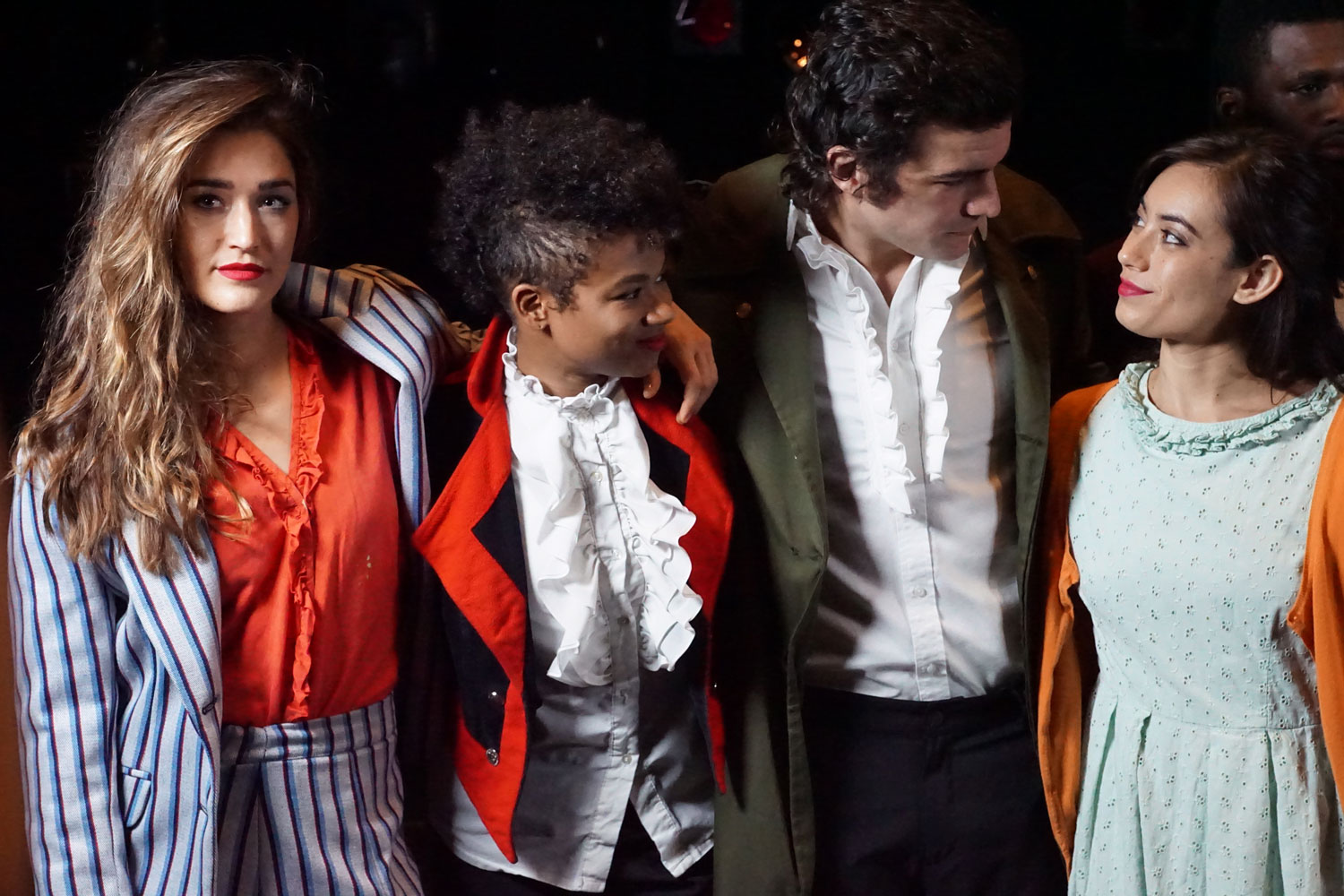
In similar (though not identical) shots, the Canon provided warmer colors, which showed up mostly in oranges and reds, Some people may like that effect, but we found the Sony's hues more accurate. This is most evident when we compared the green jacket of a cast member in pictures taken with both cameras.
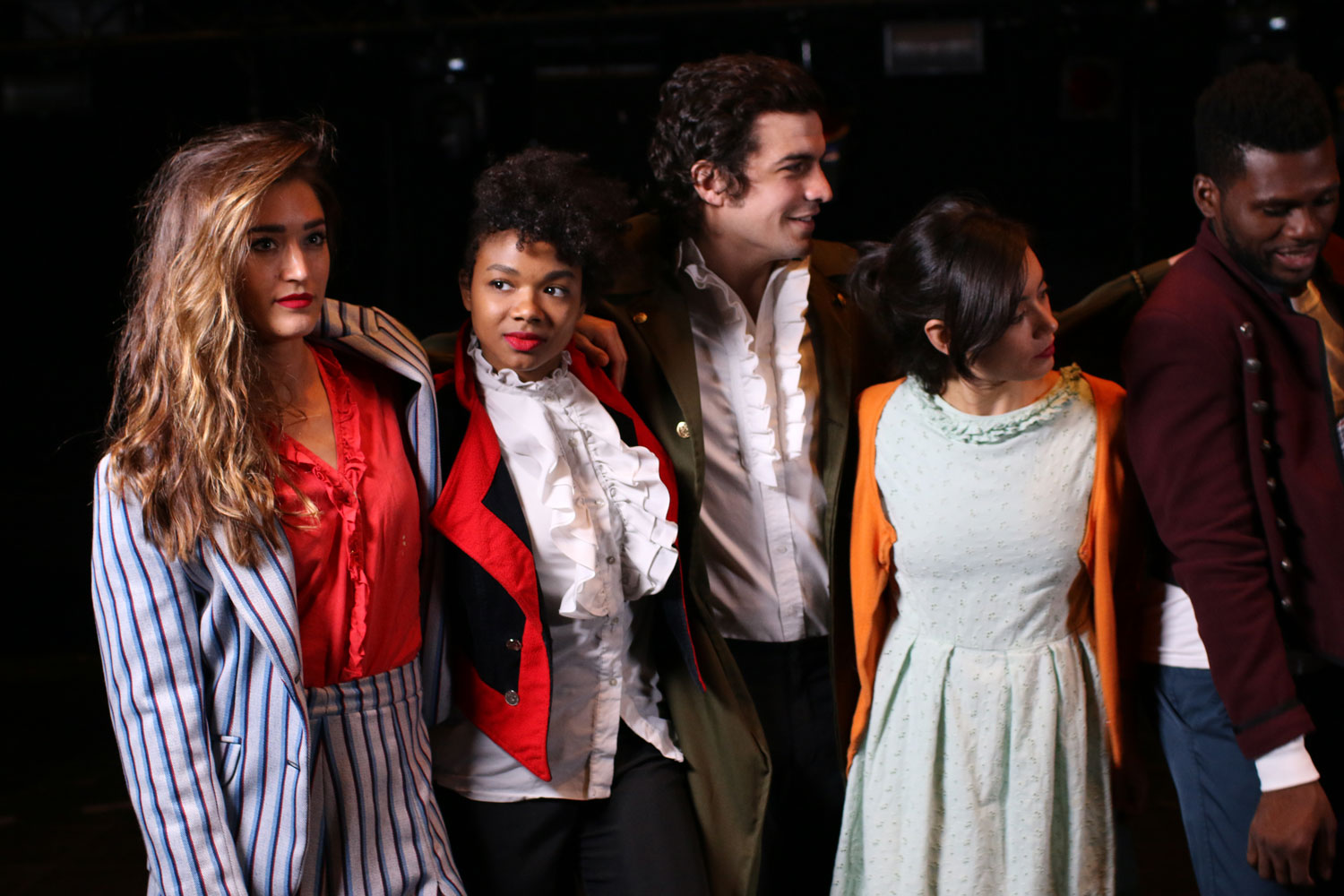
Design and handling: mostly good
We liked the tilting LCD on the A77 II, which could be twisted and turned in a wide variety of angles so you can frame odd shots. A nifty Function button next to the LCD monitor on the camera's back brings up a customizable menu for quick access to your favorite controls.
One possible downside to the translucent mirror technology is that the a77 II uses an electronic viewfinder. Its true-to-life preview option means that you see ahead of time exactly what the shot will look like, but if you are shooting at a slow shutter speed, the preview will reflect this as well, with a slightly stuttering image when you pan across a shot.
The other option is to set the viewfinder so that it prioritizes brightness at the cost of accuracy in its preview. An optical viewfinder like the 70D's provides an unadulterated view that longtime photographers are most used to working with.
One thing we found finicky: The sensor that triggers the viewfinder and turns off the LCD monitor when you bring the camera to your face is oversensitive. The monitor would go off when we accidentally waved a hand about an inch away from the screen. Switching between the LCD monitor and the viewfinder also took a noticeable pause. (We have seen this problem in our reviews of other new Sony Cameras, including the Alpha a7, a7R and a6000.)
Sony's $1,200 A77 II packs superior light sensitivity, and appears to have equal or even better video focus speed and a wider range of object tracking than Canon's EOS 70D, for $150 less. We'll reserve judgement, however, until we get a unit to run through our full battery of tests. Those who prefer a traditional viewfinder may still find the 70D a better option, but Sony clearly has a winner with the A77 II.
Follow Cherlynn Low at @CherlynnLow and on Google+. Follow Tom's Guide at @tomsguide, on Facebook and on Google+.
Cherlynn is Deputy Editor, Reviews at Engadget and also leads the site's Google reporting. She graduated with a Master’s in Journalism from Columbia University before joining Tom's Guide and its sister site LaptopMag as a staff writer, where she covered wearables, cameras, laptops, computers and smartphones, among many other subjects.
-
bdcrlsn As I own the A77, I'd be interested in seeing a comparison if the A77 II has less noise at higher ISO's than the original.Reply -
Murissokah I don't think the images above really translate the camera's capabilities. Full size images without compression would be ideal here, these look like cellphone snapshots.Reply

